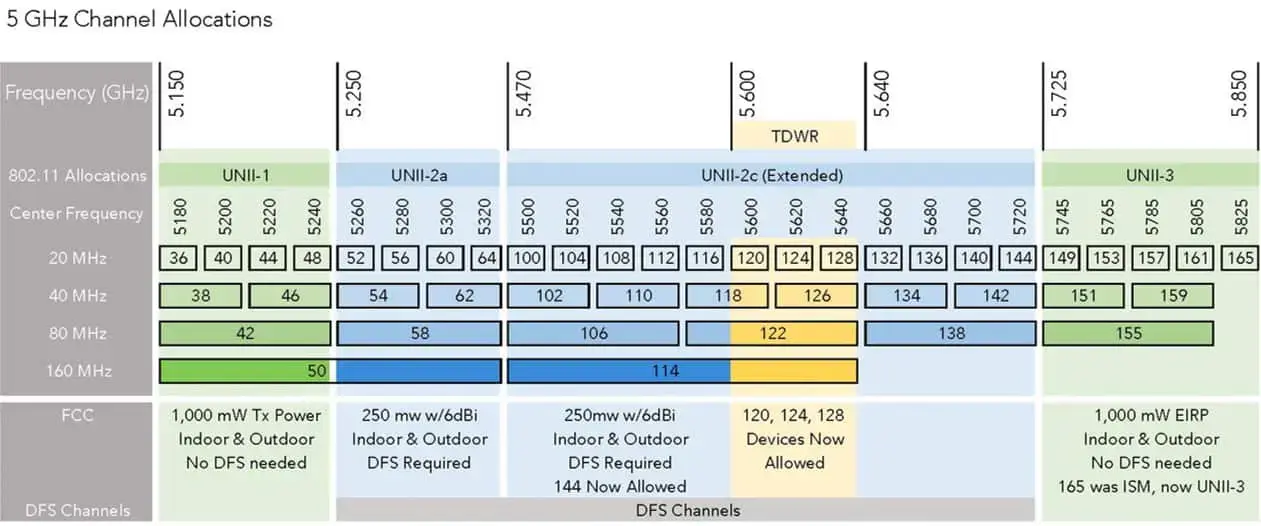I want to run PipeWire as a system user and have multiple login users access it. My current hack is to run it as one login user and then do something like:
export XDG_RUNTIME_DIR=/run/user/1001
Where 1001 is the user ID. Is there a cleaner approach?
